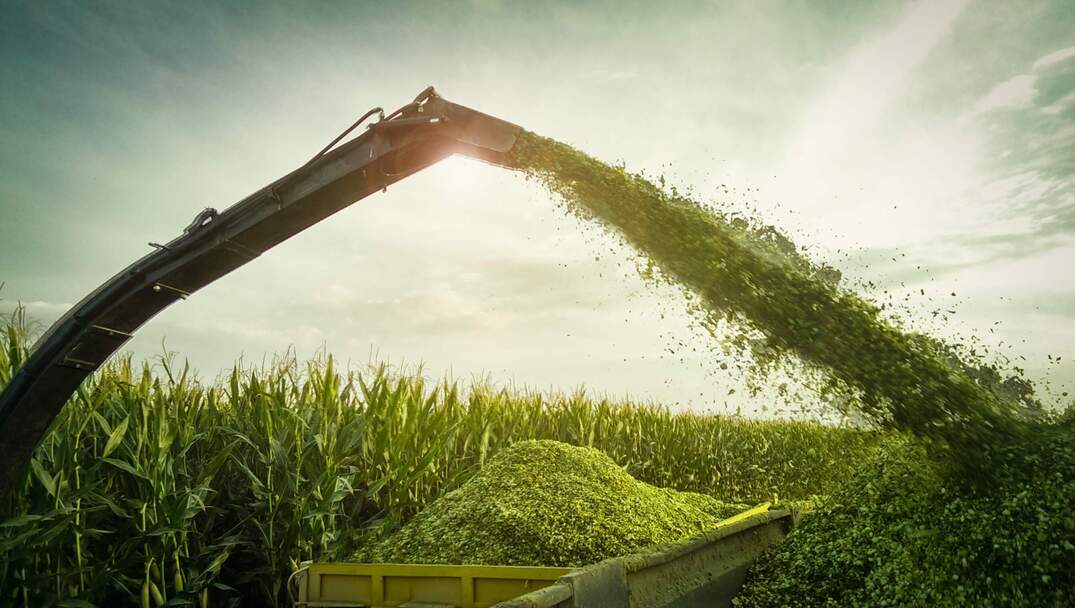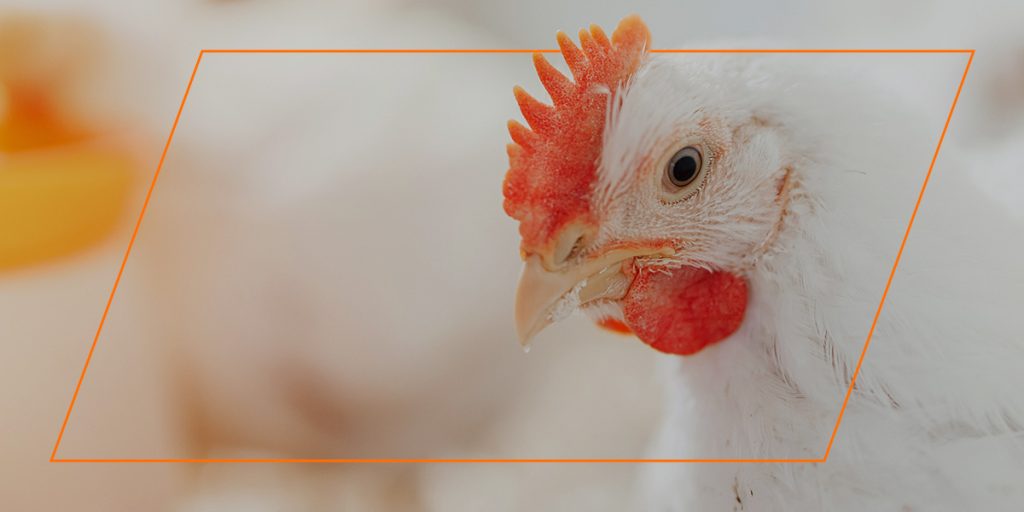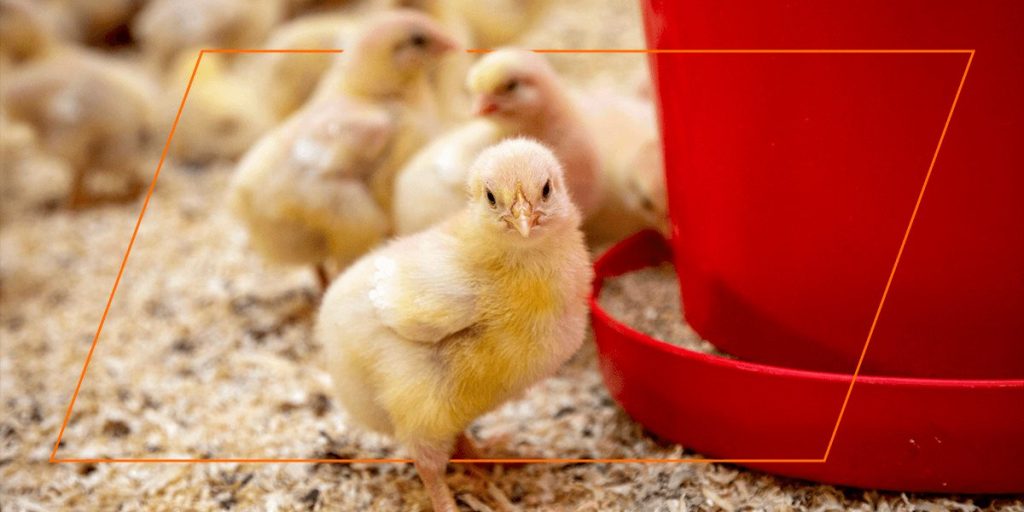When it comes to food — such as most other things in life — the more natural, the better. What a farmer feeds their animals has a direct result on their health, as well as the quality of any products they create. Farmers typically have a few popular options when it comes to feeding their livestock. One of these options is silage — preserved pasture, which allows farmers to keep feeding their livestock when grazing isn’t optimal.
Why is silage growing in popularity among farmers — and how does it stack up to hay? We’ll explore below.
What Is Silage?
Silage is essentially “pickled pasture,” or fodder that’s been fermented to feed cattle or sheep during dry seasons. Grasses or other crops, such as rye or maize, are cut, fermented and compressed until they’re ready to be fed to the livestock.
Buy Organic Feed OnlineFind In A Store Near You
Why Do Farmers Make Silage?
The process of making silage is more extensive than simply cutting and drying hay, which leads to the question — Why do farmers make silage? What’s the advantage?
Silage crop is stored using plenty of moisture, which allows it to retain a higher percentage of nutrients than a dry storage option. While the process of silaging won’t add any nutrients, it does a great job preserving existing nutrients. During dry seasons in particular, this helps the cattle or sheep stay healthy and strong.
Furthermore, the importance of silage is in its energy. Silage crop serves as a high-energy source for animals such as cows. Fortunately, a little goes a long way. This makes it a low-cost option for fattening grazing cattle.
Silage vs. Hay: What’s the Difference?
Both silage and hay are popular ways for farmers to feed their livestock when they’re unable to graze during the winter. They’re both comprised of grass and considered a preservation method of forage.
However, despite overarching similarities, these two styles certainly have their differences. The primary difference between hay and silage is that the former is grass that’s cut and dried to use as animal fodder. Silage is fermented and stored in a silo before used as food. As a result, they have several distinctions:
- Moisture content: Hay usually has a moisture content of 12%, whereas silage moisture content is between 40-60%.
- Storage methods: Hay is mowed, dried and stored in bales. Silage crop is compacted and stored in air-tight conditions without being dried.
- Digestive capabilities: Animals do not digest hay. Silage feed is partially and easily digested, offering more nutritious value.
- Preservation: Hay is typically kept in a bale, while silage is stored in a bale and covered with tight plastic wrap.
Consider Nature’s Best Organic Feeds for the Ultimate Organic Option
Many farmers consider silage feed an excellent way to provide their livestock with the nutrients and care they need. If silage isn’t an option for your farm, consider Nature’s Best Organic Feeds! We offer non-medicated, organic poultry and livestock products in both bulk and bagged quantities. Our premium line boasts superior quality through every step of the process.
If you’re interested in providing your farm animals with the healthiest option possible, consider our family-owned and operated business. With almost 75 years in the business, we can guarantee excellent service that will help you find what you need! Contact us with any questions or place your order today.




